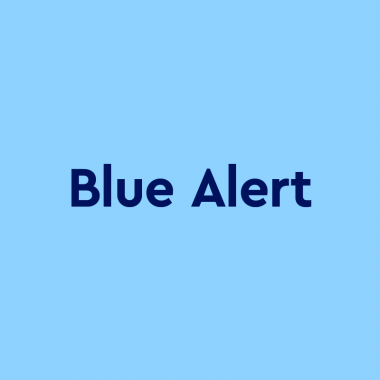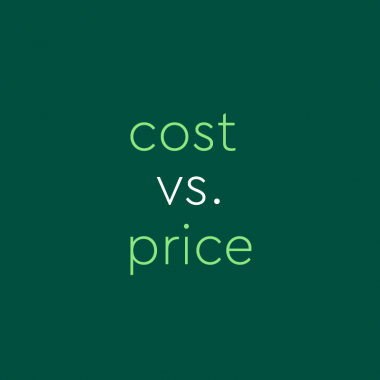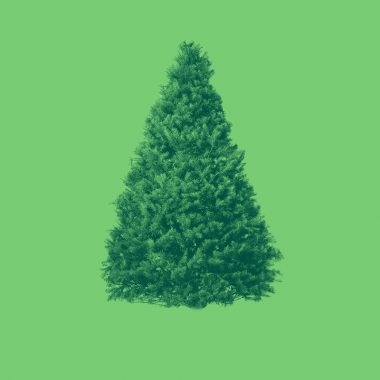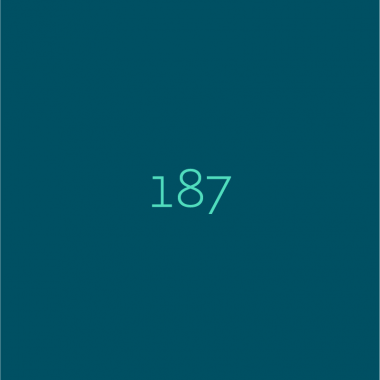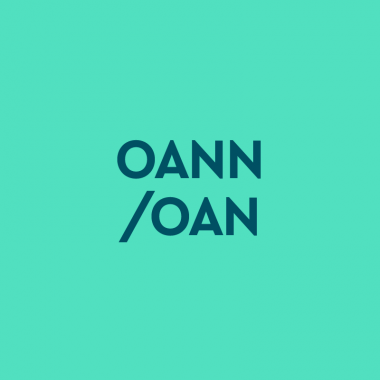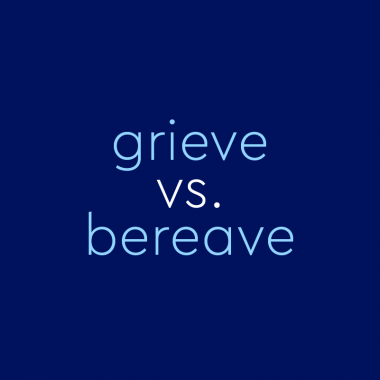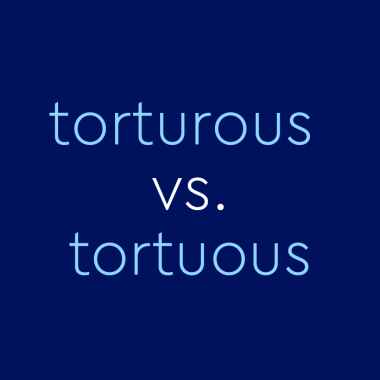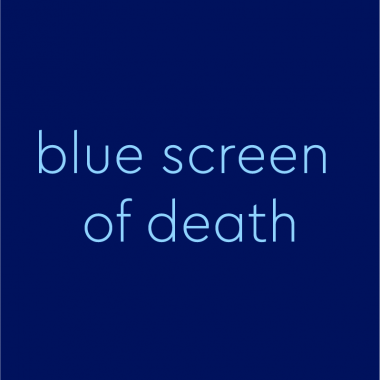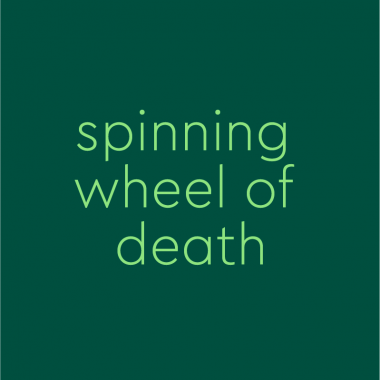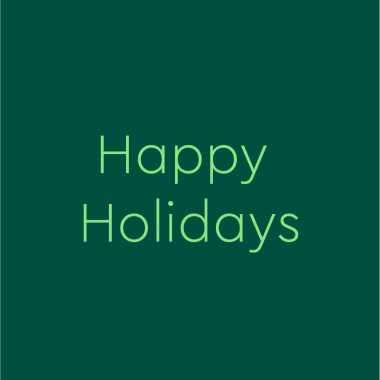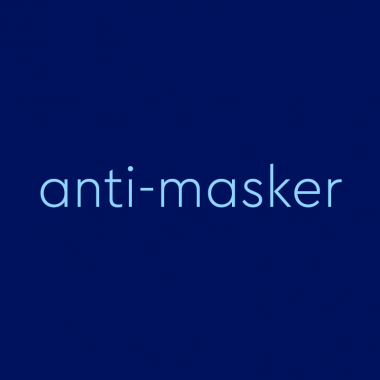Archives
-
A Blue Alert is a statewide alert sent after a police officer is killed, seriously injured, or missing after an interaction with a suspect who is on the run. It is up to the individual…
-
187
187 is slang for "murder." 187 is a term associated with hip-hop songs dealing with topics of crime or gang violence. -
OANN
OANN stands for One America News Network, an American right-wing cable network. As of 2019, OANN reported reaching 35 million homes. Its popularity grew during the Trump presidency as he promoted it multiple times, frequently via… -
“Torturous” vs. “Tortuous”: What Is The Difference?
Separated by just one pesky letter, these two similar-sounding adjectives can be torturous to keep straight. Or is it tortuous? Let’s take a look at the definitions and applications of each. What does tortuous mean? Both torturous and tortuous come from the Latin verb torquēre meaning “to twist.” This derivation is easy to detect in the meaning of tortuous, defined as “full of twists, turns, or bends.” …
-
blue screen of death
The blue screen of death is a melodramatic nickname given to a blue screen that appears when a device running a Windows operating system experiences a severe error. In popular culture, Microsoft's blue screen of death… -
spinning wheel of death
The spinning wheel of death is a melodramatic nickname given to the rotating wait cursor on Apple devices that resembles a rainbow-colored pinwheel. The term spinning wheel of death is frequently used in tech-help articles… -
anti-masker
Anti-masker refers to individuals who oppose wearing face masks, particularly in response to health mandates like those found during the COVID-19 pandemic. This term is commonly used in discussions about public health, personal freedoms, and…
